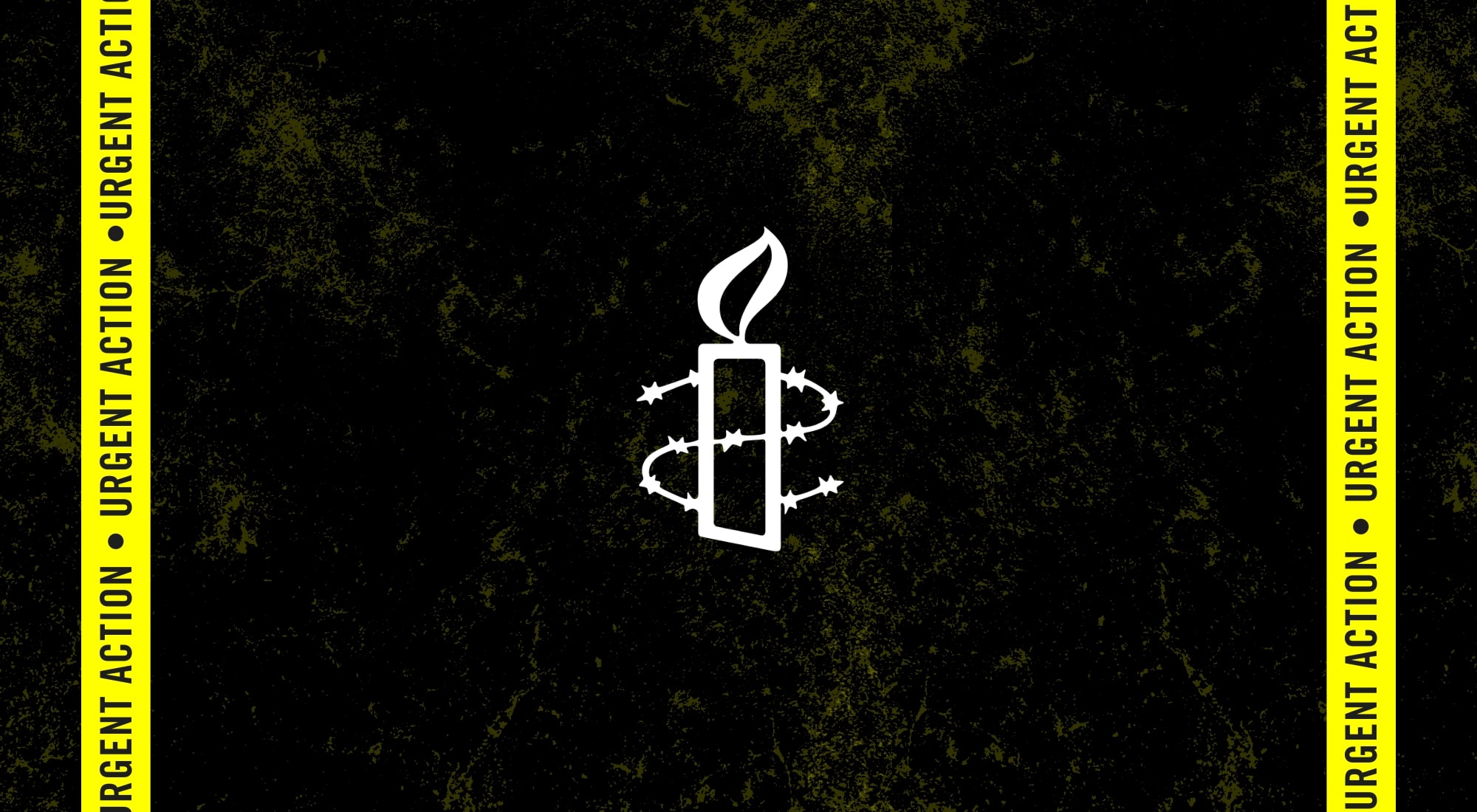When 71-year-old Herman Wallace died shortly after being released from more than four decades in isolation in a Louisiana prison, a year ago today, the extent of the system’s inhumanity was brought to light once again. But despite the international outcry, on any given day 80,000 people are locked in stark cells in inhumane conditions across the USA.
When the thick solid metal door shut behind him, Steven was faced with his worst nightmare. He knew he would be forced to spend the following four years locked in a room only large enough to take two steps to either side. He would spend his every minute surrounded by nothing but three walls, a thin mattress, a concrete block for a table and a small sink.
He knew the only human interaction he would have in the next 48 months would be a few words with his guards, who were not allowed to make conversation with him.
Phone calls were banned – the mere fact of picking up a receiver to speak to a relative was considered too dangerous. Hugging another person was also out of the question – any visits from relatives would have to be conducted through a glass screen by phone. But nobody came to visit.
“I immediately felt despair, confusion. I felt threatened,” said Steven, who now lives with his wife and seven-year-old son in California.
Steven, who was 25 years old at the time, had been placed in an isolation cell in the Pelican Bay State Prison in California as punishment for having a fight with another inmate and spitting on a prison guard.
And even though isolation was not new to him – he had previously spent four years in solitary confinement in a juvenile facility after he was convicted of carjacking – the thought of more time there was almost too difficult to bear.
“When I was put in an isolation cell again, I felt I had some survival skills other people around me didn’t have and I knew when I was getting out but it was still terrifying But many people didn’t make it through, they killed themselves or went crazy,” he said.
Steven spent most of the days that followed confined to the claustrophobic surroundings of his cell. He slept, ate his meals and washed there. Guards only allowed him out for 90 minutes a day, escorting him to a small yard where he would be able to walk eight steps each way and stare at the sun through a wire-mesh ceiling.
The psychological impact of isolation didn’t take long to become painfully apparent.
“It was always extremely cold and I was constantly hungry. Not being able to look at the distance also affects your sight and mind,” he explained.
For the four years he was in isolation, he was only allowed to exchange a few words with other human beings.
“You are stuck in that cell with all your thoughts. And no one to talk to about them. That can easily make you go crazy.”
In 2002, four years after he first set foot into that small grey box, Steven was given 200 US dollars and shown to the prison’s door. There was no reintegration programme or help available.
With no ID, skills or relatives nearby, he turned to drugs to cope.
“I had no proper clothes, no friends, no job, no skills, nothing. The fact that I made it is unbelievable.”
Steven eventually recovered from his addiction. Since then he married, had a child and enrolled in Berkeley University, where he is studying for an English degree.
But despite seeing himself as one of the lucky survivors of a brutal prison system, he says he still often suffers from anxiety attacks and paranoia as a consequence of the years he spent in isolation.
“Even now so many years later, I feel like I cannot connect with people. I have many people helping me with that but it is still affecting me.”
Concrete tombs
Steven’s ordeal is far from unusual. At any given time, 80,000 people in more than 40 US states are believed to be locked in concrete cells with limited access to fresh air or light and restricted human contact.
No other country is known to be holding as many prisoners in isolation as the USA. The UN’s top expert on torture has said that such conditions of isolation can be cruel, inhuman or degrading treatment or punishment.
The practice of punishing inmates for long periods of time completely alone has many names. Some states call these cells “secure housing units”, “administrative segregation” or “restricted housing”.
But what the technical names hide is the fact that the system seems specifically designed to dehumanize individuals to the largest extent possible, ignoring its long-term, and sometimes lethal, consequences.
Prison authorities claim the system is only used to control the most violent inmates. In reality, minor infractions such as not obeying orders from a prison guard or the suspicion of gang affiliation, even when there’s very little evidence available, can land a prisoner in there.
The combined impact of the lack of fresh air, sunlight, proper nutrition and human interaction – with some inmates not allowed any human contact for years or even decades – is known to have taken an extreme toll on the physical and psychological health of thousands.
Many have experienced extreme weight loss while others have developed anxiety, depression, insomnia, hypertension, extreme paranoia, perceptual distortions and psychosis. In some cases, African American inmates have suffered drastic loss of skin pigmentation due to the lack of sunlight.
Conditions are so severe that prisoners often self-harm or commit suicide.
In September 2013, a man with a history of mental illness hanged himself in his cell after reportedly spending more than a decade in an isolation cell in the Administrative Maximum facility near Florence, Colorado, a federal prison notorious for its harsh conditions.
The man had suffered psychotic symptoms which had allegedly been ignored by prison staff in the days before his death.
Many inmates who have spent years, or decades, in isolation are released directly from their cells into the community with little support. Studies have found that the negative effects of prolonged isolation can continue long after release.
“The USA’s isolation system is a shocking and outdated form of punishment which should have no place in any country purporting to respect human rights principles. The fact that anyone is able to survive the inhumanity of a system which seems specifically designed to break them is incredible,” said Tessa Murphy, Amnesty International’s Campaigner on the USA.
40 years in a tomb
Last October, the consequences of the inhuman system of holding people in isolation for long periods of time became crystal clear when Herman Wallace, a 71-year-old man held in prison in Louisiana died after a long battle with liver cancer.
Herman had been placed in an isolation cell in 1972 after he was convicted of the murder of Brent Miller, a guard at the infamous Angola Prison in Louisiana.
And even though there was no indication that his incarceration directly caused his cancer, there’s no question that the inhumane conditions he was held in for more than half his life took a massive toll on his physical and psychological health.
For the more than four decades Herman was held in a 2×3 metre cell, fighting a legal battle to overturn his conviction – which relied on questionable evidence and testimonies. In October 2013, a federal judge overturned his conviction and allowed him to die a free man.
No physical evidence linked him to the crime, not even the knife or the bloody fingerprints found at the scene. The testimony of the main prosecution witness was later revealed to have been bought by the state in return for favours, including a pardon.
Herman had been convicted along with Albert Woodfox, 67, who still languishes in isolation in Louisiana.
A federal court recently overturned Albert’s conviction for the third time. However, he remains in prison pending a further appeal by the state.
“Herman’s death should have raised red flags over the potential lethal consequences of placing human beings in isolation for such long periods of time. US authorities must urgently release Albert and end this injustice,” said Tessa Murphy.
Reforms
Over the past few years, pressure from local activists and lawmakers, have brought about some reforms.
But while some states, including Maine, Mississipi, Colorado, Washington State, and New York have made changes to how they use solitary confinement, there are worrying signs that the US government plans to expand its use in federal prisons with the opening of Thomson Correctional Center in Illinois.
“Crime is a real issue in the USA and the authorities have the responsibility to address it. However, entombing people in these cruel conditions is clearly not the answer,” said Tessa Murphy.
“Solitary confinement in the USA must be reserved only for the most exceptional cases, as a last resort, and for the shortest possible period of time. The USA must also allow international experts, including the UN Special Rapporteur on torture and other cruel, Inhuman or degrading treatment, to visit these facilities.”
Take Action US super-maximum security prisons must be opened up for UN scrutiny!
Read Amnesty’s Stop Torture Q & A





















